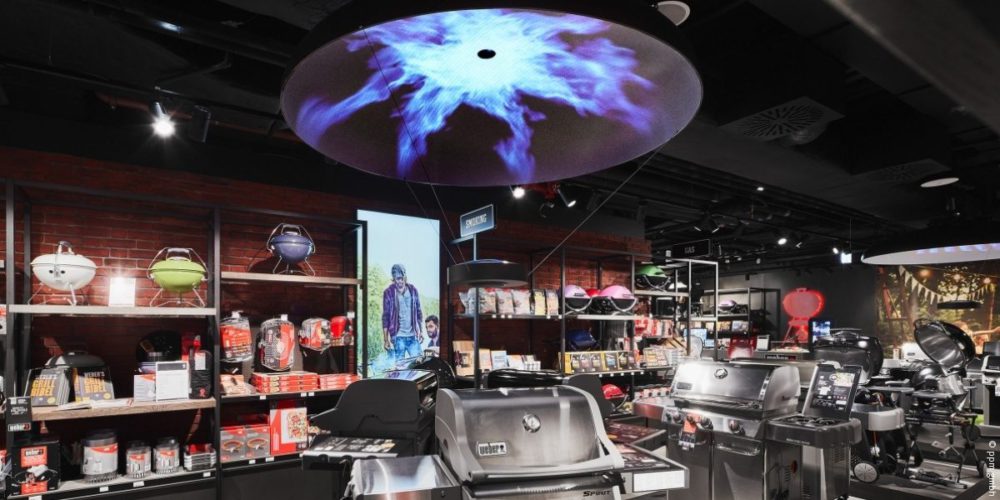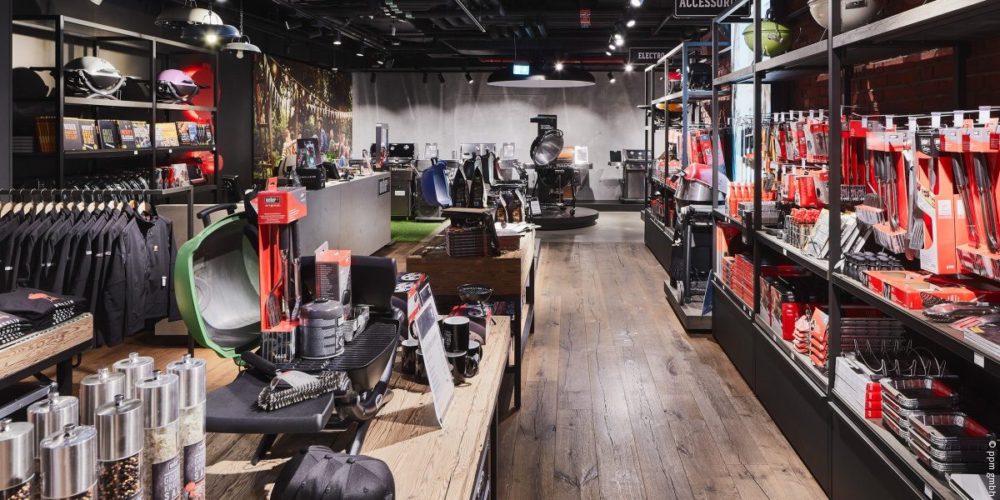Philipp Nottekämper (Head of Architecture and Retail Design at ppm planung + projekt management GmbH): At this point, customers consider shopping a leisure activity. They want to feel good and experience things, which is why aspects like storytelling and emotionalization obviously play a key role in retail store concept development. To what extent visual merchandising takes a back seat is subsequently a (bold) decision made by the brand or retailer. Despite the growing desire for adventure, the sales floor obviously still needs to be economically viable. This is a balancing act that can actually also be a lot of fun.

The point of the multisensory elements and digital presentation is to push the “I want it“ factor for the respective product even further. And indeed, there are studies that show decreasing customer price sensitivity when customers feel catered to and are comfortable in a setting. At that point, they are willing to spend more on a product.
What is a store concept able to offer in this context? The goal is to not just integrate some type of screen but to offer and create meaningful contents instead. I am convinced something that will never go out of style and that can be used to complement a store concept is great service.
 All unique selling points that set brick-and-mortar retail apart – and this also applies to creating an experience – from online retail and offer customers an added value, also attract customers to the sales floor. If I offer great service on the sales floor, it is something online retailers are barely able to provide, especially when it comes to products that require more intensive consultation. This is the strong suit and livelihood of brick-and-mortar retail and I believe it’s a topic that retailers have to be made aware of time again and again.
All unique selling points that set brick-and-mortar retail apart – and this also applies to creating an experience – from online retail and offer customers an added value, also attract customers to the sales floor. If I offer great service on the sales floor, it is something online retailers are barely able to provide, especially when it comes to products that require more intensive consultation. This is the strong suit and livelihood of brick-and-mortar retail and I believe it’s a topic that retailers have to be made aware of time again and again.
Read the whole interview of Philipp Nottekämper here.
Photos: ppm gmbh
Article: Melanie Günther; EuroShop